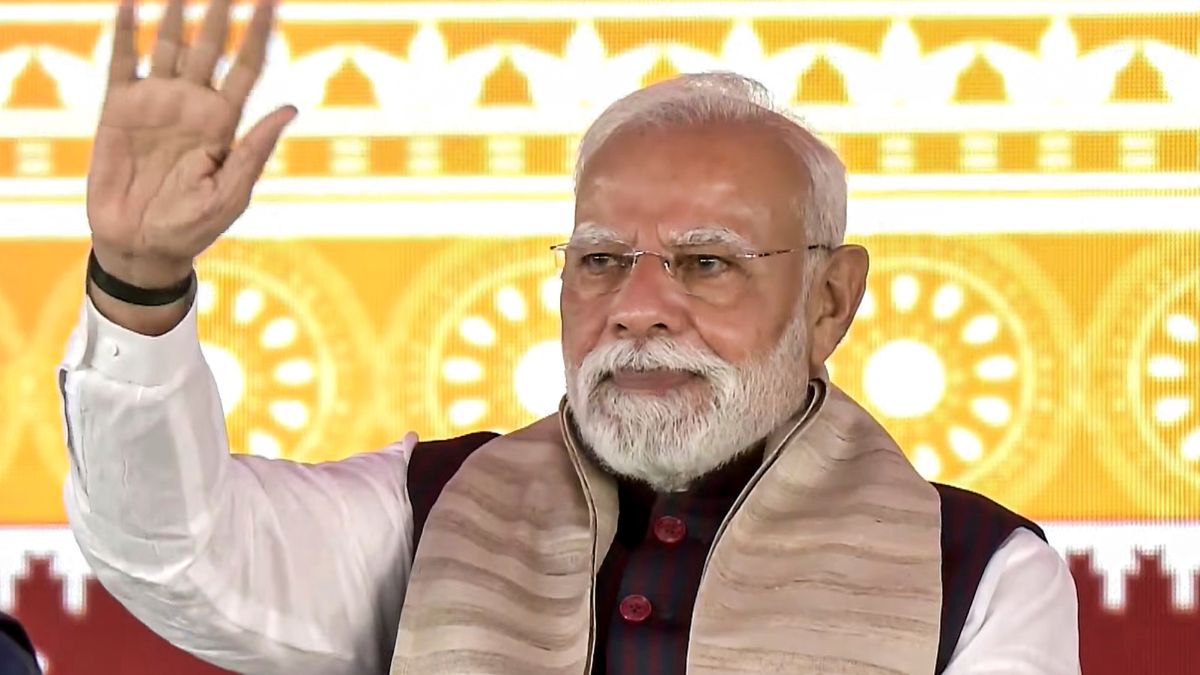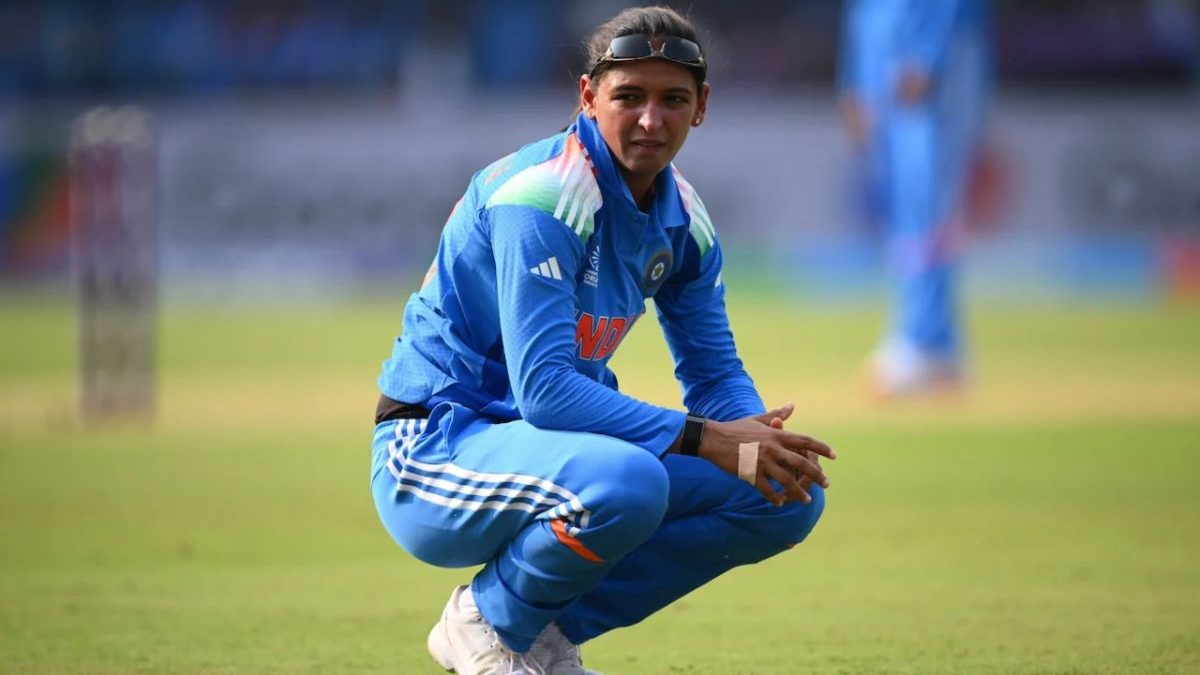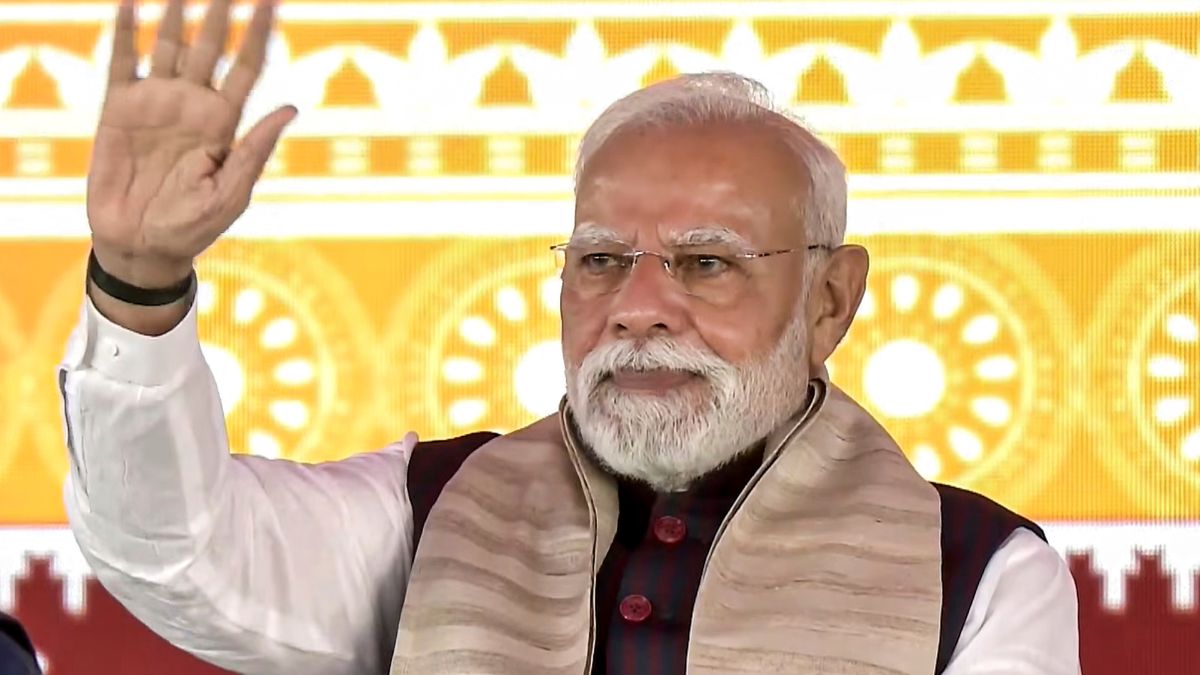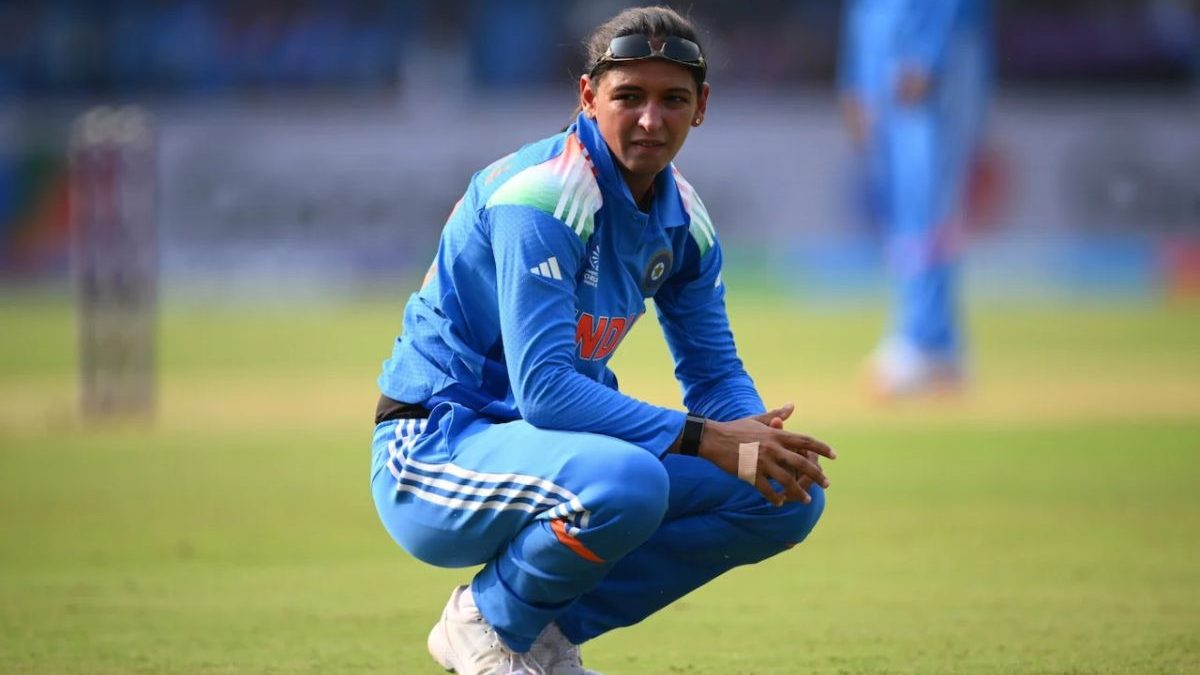Diwali, the festival of lights, is just around the corner. Hindus, Jains and Sikhs across the world are gearing up for the festivities, full of love and laughter.
Firecrackers have become a predominant part of Diwali. This year, the Supreme Court has allowed the bursting of green crackers in the Delhi-National Capital Region (NCR) for the festival. These are believed to be less polluting than the traditional ones.
A debate over the use of crackers rages ahead of Diwali every year, as critics point out its environmental toll, particularly in the national capital and its nearby regions, where air quality starts plummeting with the approach of winter. However, others cite tradition to defend the bursting of crackers on the festival of lights.
But how did firecrackers become a part of Diwali?
We take a look.
Why Diwali is celebrated
Diwali is a major festival in India, which marks the return of Lord Rama to Ayodhya after 14 years in exile.
The prince returned to his kingdom with his wife, Goddess Sita, and brother Lakshmana after defeating Ravana. The ten-headed demon king of Lanka had abducted Sita and taken her to his kingdom.
Rama later fought and killed him, rescuing his wife. They then returned to Ayodhya with Lakshmana, as residents lit up their homes to welcome them back.
Diwali is a jubilant commemoration of the victory of good over evil. The festival spans over five days, starting with Dhanteras and ending with Bhai Dooj.
Traditionally, people decorate their homes, buy jewellery, utensils and clothes. They partake in puja, exchange sweets and gifts with family and friends, light diyas (earthen oil lamps) and burst firecrackers to ring in the festival.
Impact Shorts
More ShortsHow firecrackers became part of Diwali
There’s no concrete evidence that points to exactly when bursting crackers became an inseparable part of Diwali festivities.
Legends say that residents of Ayodhya lit diyas to mark the return of Rama after 14 years in exile. They are believed to have burst crackers and decorated the entire city after finding that he had returned home with his wife and brother.
Diwali coincides with Kali Puja in West Bengal, Odisha, and Assam, with devotees worshipping Goddess Kali on the occasion.
They decorate their homes with diyas and candles. They also burn crackers, which represent the banishing of darkness and evil, a tribute to the strength and protection of Goddess Kali.
History says that gunpowder first came to India around 1400 AD for warfare, the late historian PK Gode in his book titled History of Fireworks in India between 1400 and 1900. It is believed gunpowder was first used for fireworks during the Tang dynasty in China in 700 CE.
In his book Military Transition in Early Modern Asia: 1400-1750 Cavalry, Guns…’, Kaushik Roy wrote: “Ancient India knew of saltpetre, which was described as agnichurna (powder that cracks fires) in old Sanskrit texts. In fact, Kautilya Arathasastra (composed between 300 BCE – 300 CE) speaks of using saltpetre, resin and other tree barks for creating poisonous smoke in order to disorient the enemy in the battlefield. The ancient and early medieval Indians used it for incendiary devices, and not using it for manufacturing gun powder or using its propulsive force.”
In 1518, fireworks were used at a wedding in Gujarat, as per Sputnik India. But only respected members of the royal families could use them and only on rare and special occasions.
By the eighteenth century, fireworks became a custom in large-scale Diwali entertainments organised by rulers. They denoted royalty and wealth, but their use was limited to weddings and coronations.
Some accounts say that it was only after India gained independence in 1947 from British rule that fireworks were available for common people during Diwali.
“Fireworks are a modern phenomenon and usually in traditional Hindu/or other Indian homes the clay lamps are lit and placed in the front courtyard to mark the joyous occasion of light symbolising optimism and hope for the future,” Dr Bihani Sarkar, departmental lecturer in Sanskrit at the University of Oxford, told Newsweek.
“But since modern times, (hard to pin down exactly when it became part of it) the festival began to include fireworks. They are not necessary, and the festival does not lose its significance in any way if they are absent.”
With inputs from agencies


)

)
)
)
)
)
)
)
)



